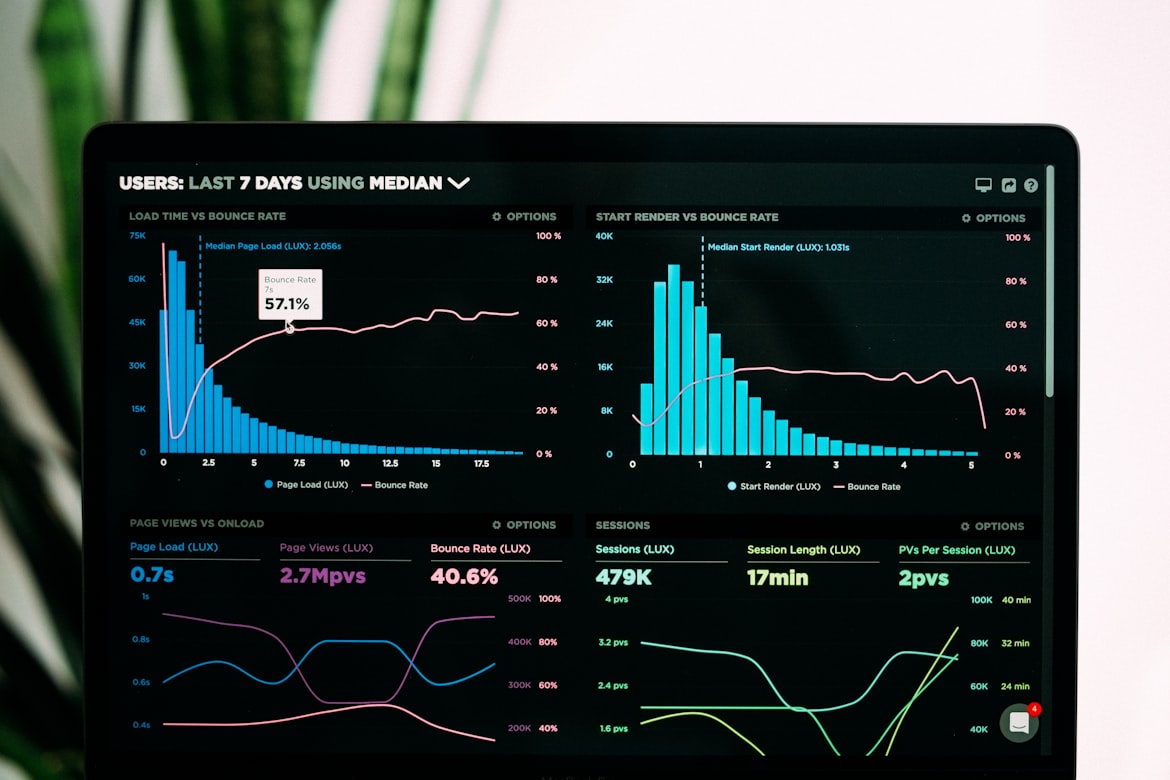Unlocking Tomorrow's Chemistry
The Catalysis Revolution at DOE National Labs
Article Navigation
Imagine a world where we turn greenhouse gases into clean fuels, transform plant waste into biodegradable plastics, and produce life-saving medicines with near-perfect efficiency. This isn't science fiction – it's the promise of catalysis, the science of speeding up and controlling chemical reactions.
At the forefront of this revolution are the powerhouse researchers within the U.S. Department of Energy's (DOE) National Laboratories. A new Virtual Special Issue (VSI) shines a spotlight on their groundbreaking work, revealing how catalysts – those remarkable molecular matchmakers – are being engineered to tackle our planet's most pressing energy and environmental challenges.
What is a Catalyst?
A substance that makes chemical reactions happen faster and more efficiently without being consumed itself. Like a skilled facilitator guiding molecules to connect productively.
DOE Labs' Advantage
Unique capabilities including world-leading facilities, supercomputing power, cross-disciplinary teams, and focus on grand challenges.
Catalysis: The Silent Engine of Modern Life
At its core, a catalyst is a substance that makes a chemical reaction happen faster, more efficiently, and often more selectively, without being consumed itself. Think of it as a skilled facilitator at a busy conference, guiding the right people (molecules) to connect and collaborate productively, minimizing wasted time and effort.
Why it Matters
- Over 90% of all commercially produced chemicals involve catalysts
- Essential in refining oil, making fertilizers, synthesizing pharmaceuticals
- Key to developing sustainable energy solutions
The DOE Labs' Edge
- World-Leading Facilities: Powerful particle accelerators that act as super-microscopes
- Supercomputing Power: Simulating complex reactions
- Cross-Disciplinary Teams: Collaborating under one roof
- Focus on Grand Challenges: Sustainable energy, reduced emissions
Spotlight Discovery: Turning Trash (CO2) into Treasure (Fuel)
One groundbreaking area featured in the VSI is Electrochemical Carbon Dioxide Reduction (CO2R). Instead of releasing CO2 as a harmful waste product, researchers are developing catalysts to convert it directly into useful chemicals and fuels using renewable electricity. This could close the carbon cycle and provide sustainable alternatives to fossil fuels.

The CO2 Conversion Challenge
Converting CO2 into valuable chemicals like ethylene requires precise control over the reaction pathway to avoid unwanted byproducts.
The Selectivity Challenge
Converting CO2 into ethylene (C₂H₄) – a crucial building block for plastics and chemicals – is highly desirable. However, the reaction can produce many unwanted byproducts (like methane or carbon monoxide). The key is finding a catalyst that is highly selective for ethylene.
Deep Dive: The Catalyst That Chooses Ethylene
Copper's Transformation Under Pressure
Researchers at a DOE Lab designed a clever experiment to understand and improve copper-based catalysts, known for their CO2R potential but lacking sufficient selectivity.
Experimental Steps
- Catalyst Fabrication: Started with standard copper (Cu) foil electrode
- Surface Engineering: Electrochemical pre-treatment created unique nanostructures
- Reaction Setup: Treated electrode in KHCO₃ solution saturated with CO2
- Controlled Reaction: Precise electrical potential applied
- Real-Time Monitoring: Advanced techniques like In Situ X-ray Absorption Spectroscopy
- Product Analysis: Continuous sampling and analysis
Key Findings
- Enhanced Selectivity: Dramatic increase in ethylene production
- Active Site Secret: Cu⁺ rich environment identified as crucial
- Voltage is Key: Selectivity peaked at specific applied voltage
- Stability: Catalyst maintained performance for over 10 hours
Research Data Visualization
Product Distribution Comparison
| Product | Untreated Cu | Engineered Cu | Significance |
|---|---|---|---|
| Ethylene (C₂H₄) | ~25% | ~60% | Dramatic improvement |
| Methane (CH₄) | ~15% | ~5% | Major unwanted byproduct suppressed |
| Carbon Monoxide (CO) | ~35% | ~20% | Useful intermediate reduced |
| Hydrogen (H₂) | ~25% | ~15% | Competing reaction reduced |
Key Reaction Pathways
| Pathway | Intermediates | Products |
|---|---|---|
| 2-electron reduction | adsorbed CO | Carbon Monoxide |
| Hydrogen Evolution | H⁺ ions | Hydrogen (H₂) |
| C₂ Pathway | adsorbed CO dimer | Ethylene, Ethanol |
| 4/6/8-electron reduction | C₁ intermediates | Methane, Formate |
Efficiency Metrics for Engineered Cu Catalyst
Ethylene FE%
~60%
High efficiency for desired product
Current Density
-200 mA/cm²
Industrially relevant density
Stability
>10 hours
Maintained performance
Overpotential
~0.9 V
Energy efficiency metric
The Scientist's Toolkit
| Research Reagent / Material | Primary Function | Role in CO2R Example |
|---|---|---|
| Precursor Salts | Source of metal ions for catalyst synthesis | Making the initial copper electrode or nanoparticles |
| High-Purity Gases | Provide controlled reaction atmospheres | CO₂ reactant; N₂ purging to remove oxygen |
| Electrolytes | Conduct electricity in solution | Provides ions for conduction |
| Reference Electrodes | Provide stable voltage reference | Essential for setting precise voltage |
From Lab Insights to Global Impact
The featured CO2R experiment is just one example from the wealth of research highlighted in the Virtual Special Issue. Across the DOE National Labs, scientists are:
Hydrogen Production
Designing catalysts for efficient hydrogen production from water using sunlight
Biomass Conversion
Developing processes to convert biomass into sustainable fuels and chemicals
Methane Utilization
Creating catalysts to capture and utilize methane emissions
Emissions Control
Engineering catalysts for emissions control in vehicles and industry
The Catalyst for Our Future
The Virtual Special Issue on Catalysis from the DOE National Laboratories is more than a collection of papers; it's a testament to the power of fundamental science driven by mission-oriented goals. By peering into the atomic dance of catalysts, researchers are not just understanding chemistry better – they are actively designing the tools we need to build a cleaner, more sustainable, and more prosperous future. The silent molecular matchmakers, unveiled and engineered in the world-class facilities of the National Labs, are poised to catalyze nothing less than an energy and industrial revolution.
Explore the Virtual Special Issue